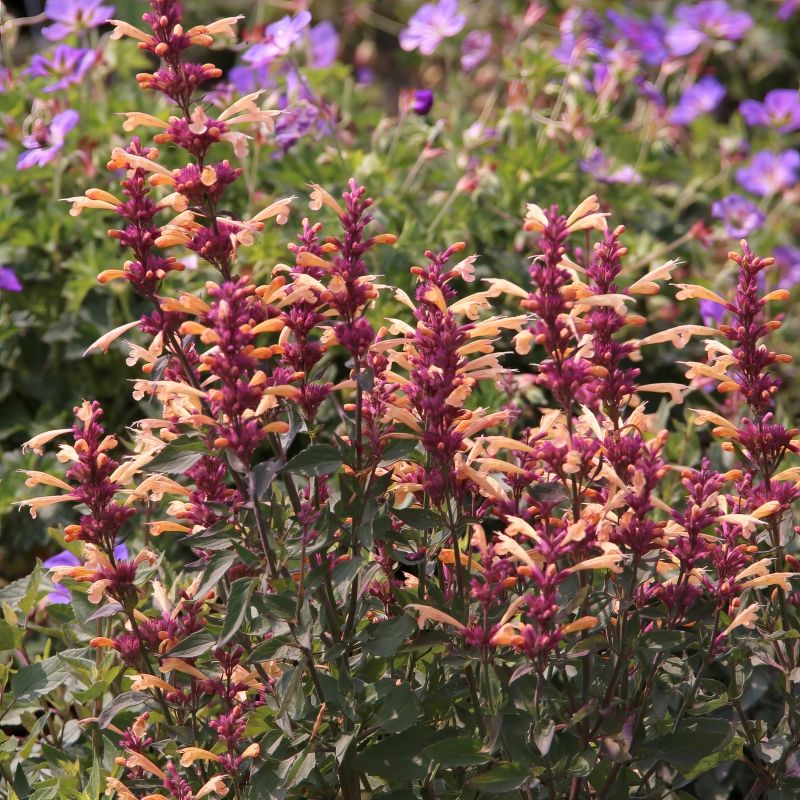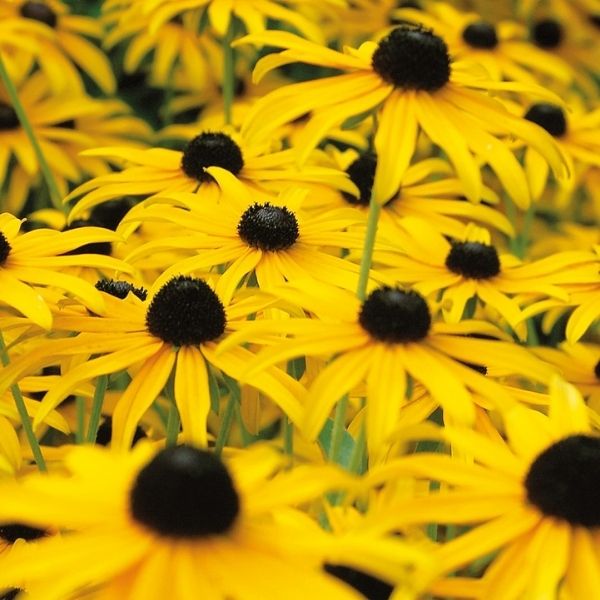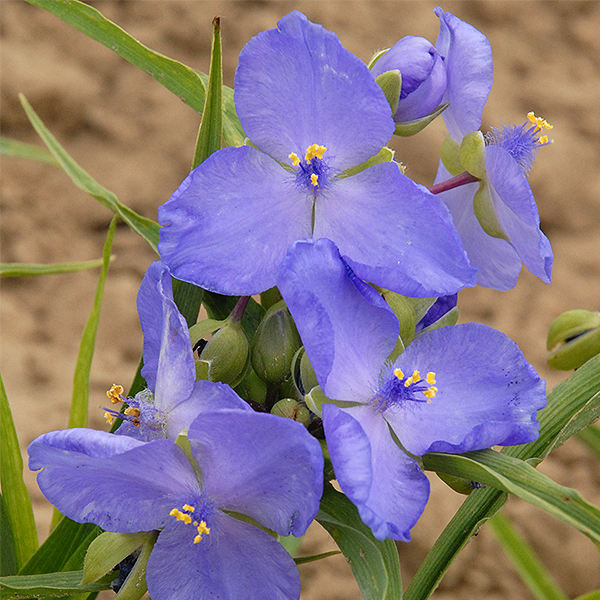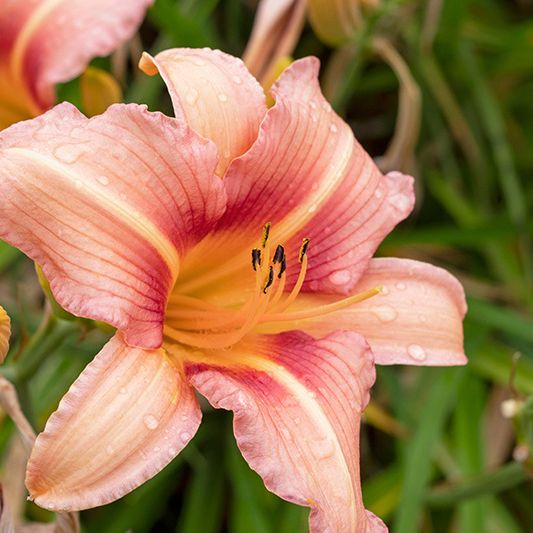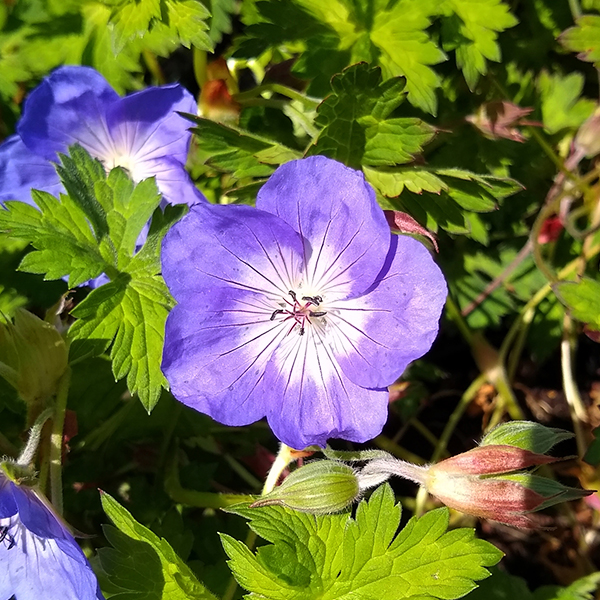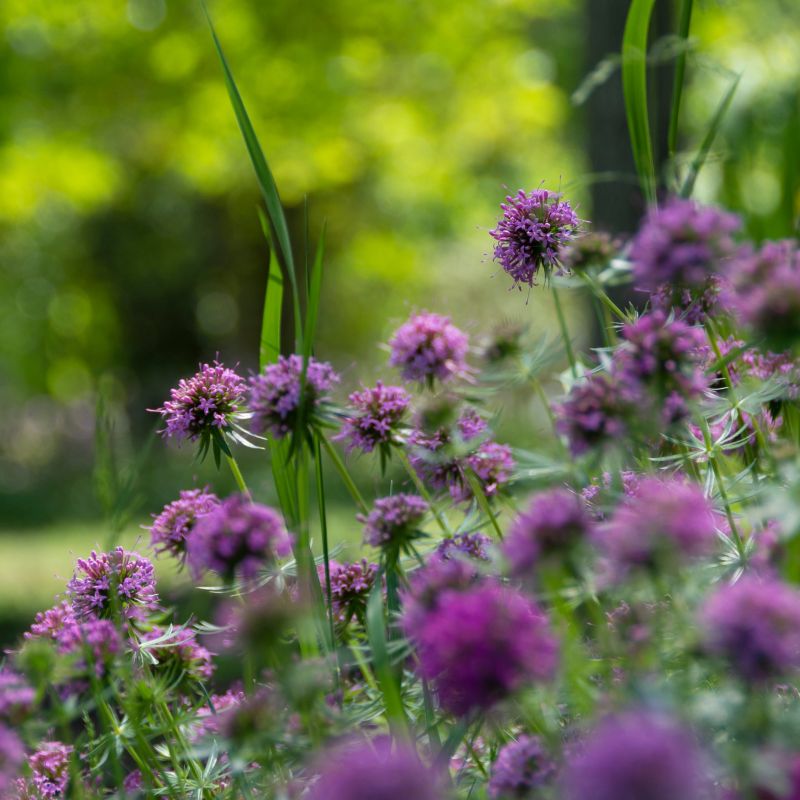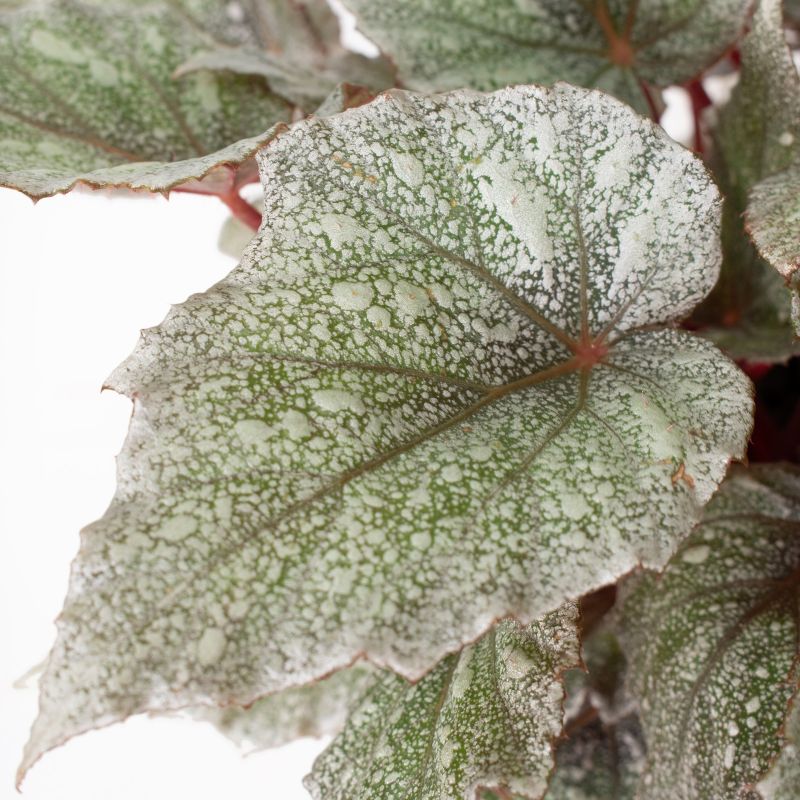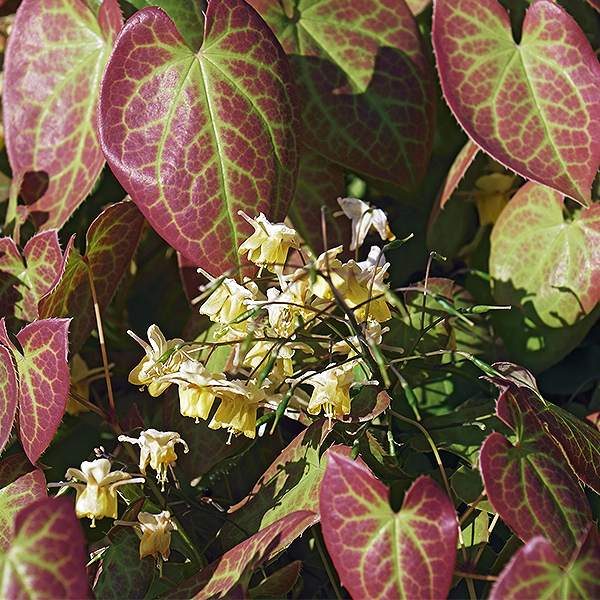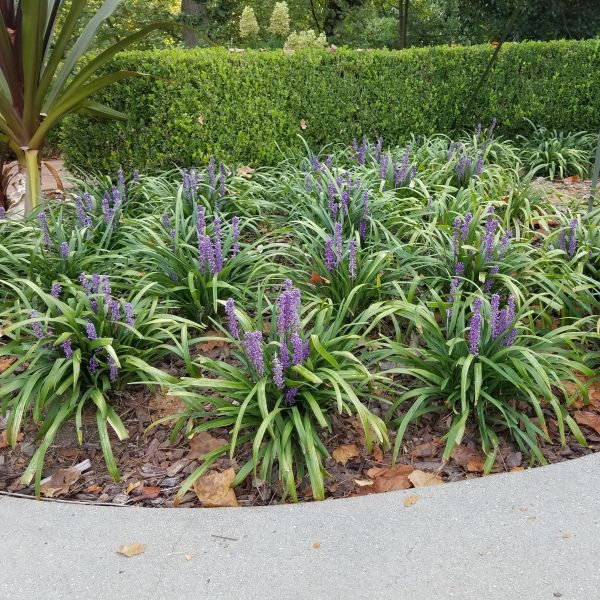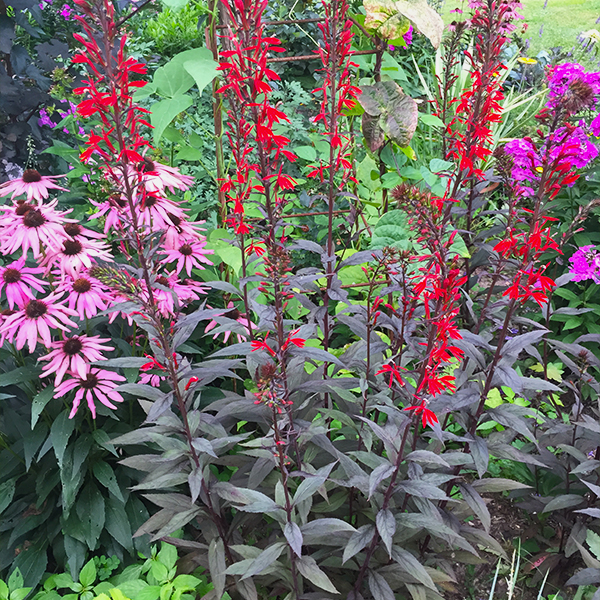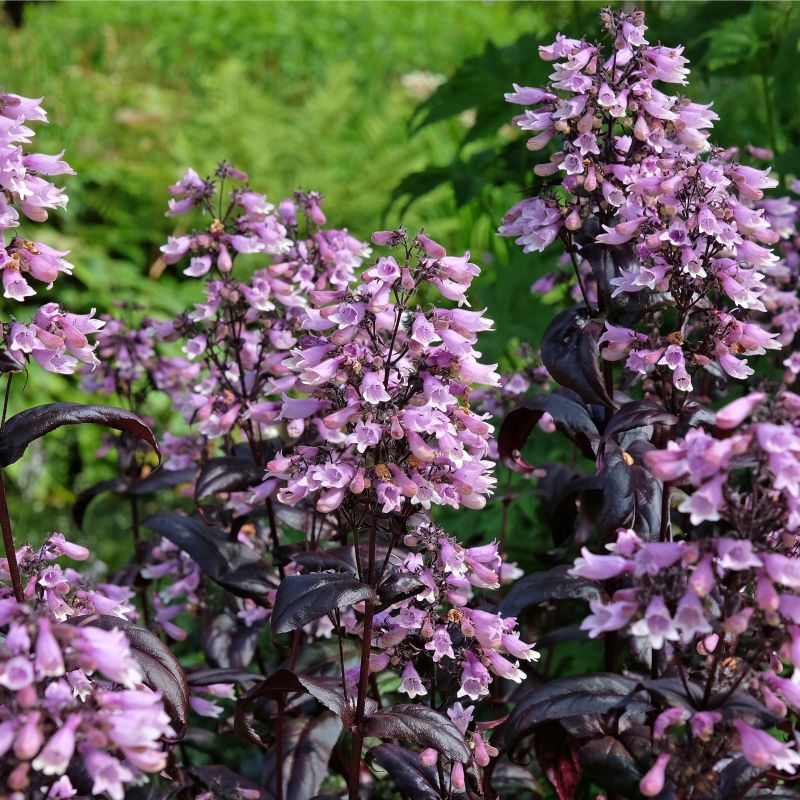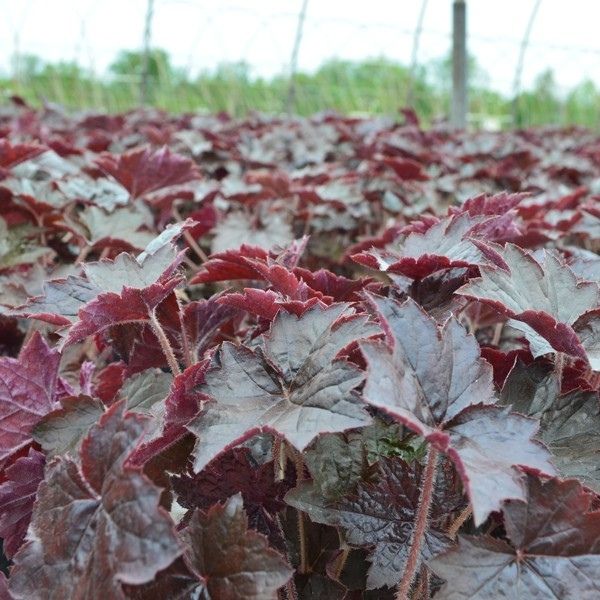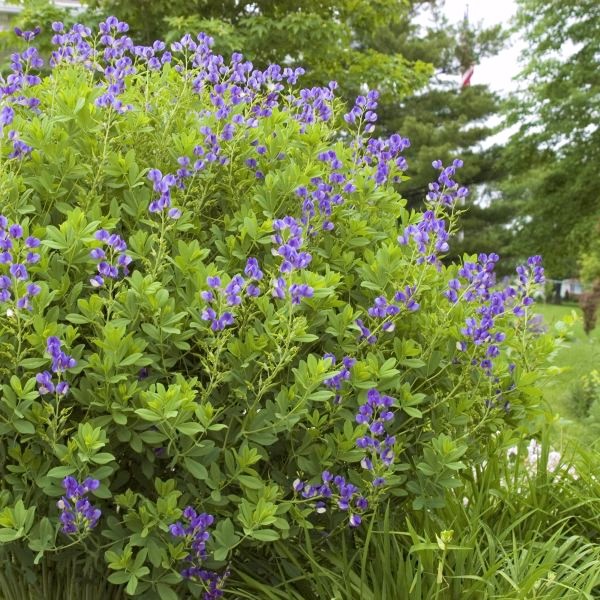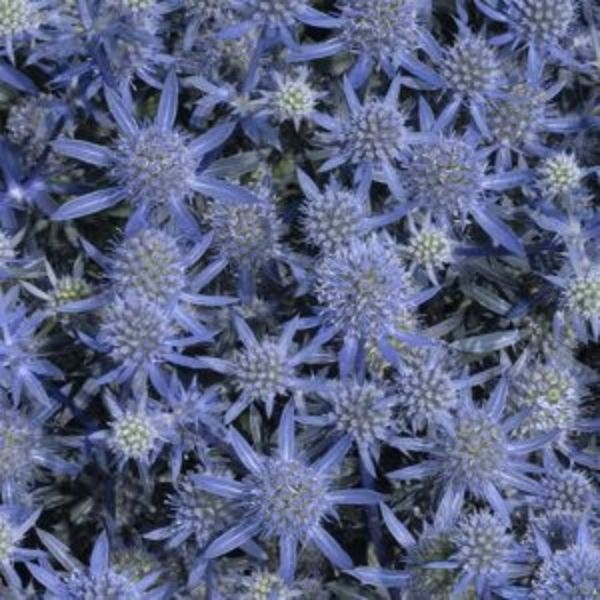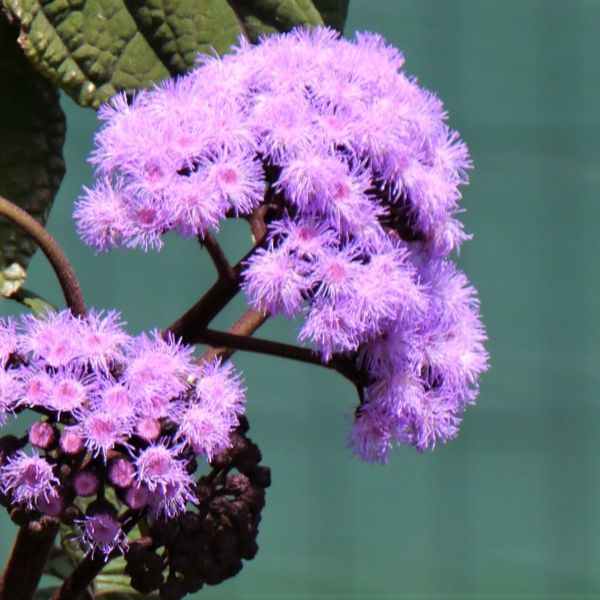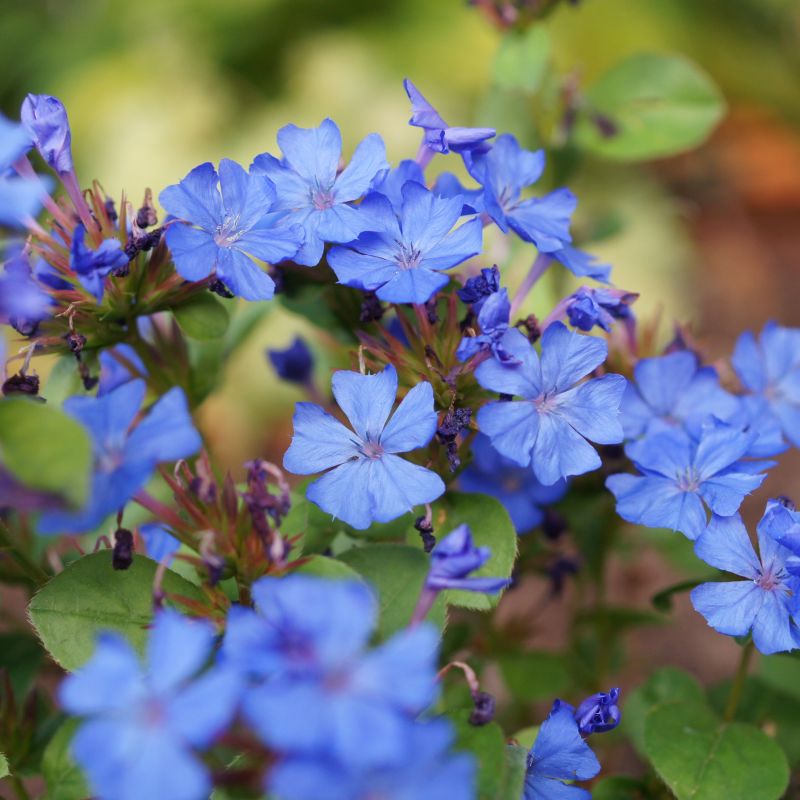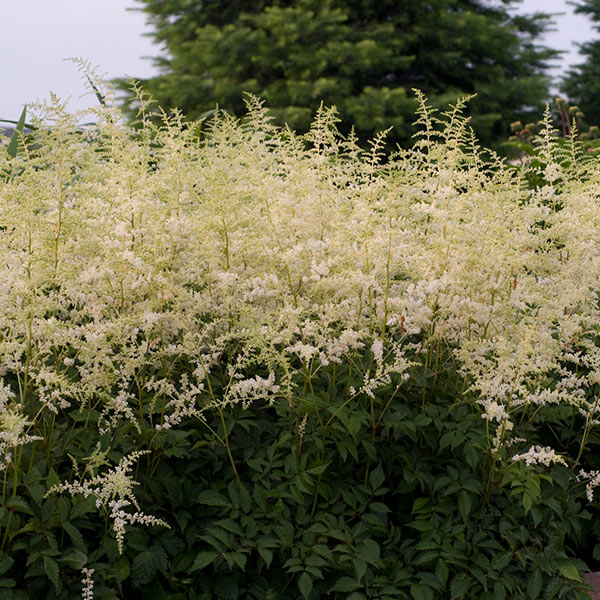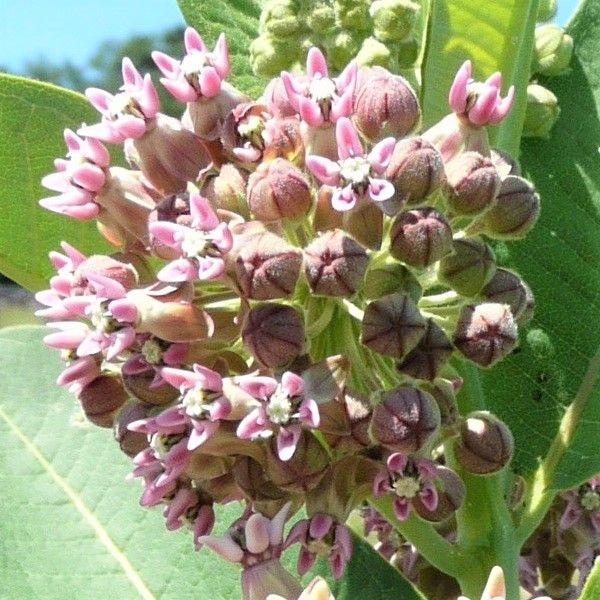
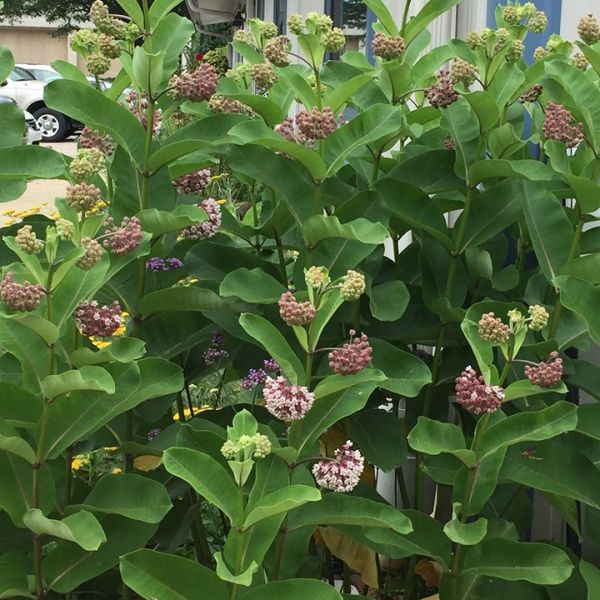
Common Milkweed
Ascelpias syriaca
81 reviews
Common Milkweed
Ascelpias syriaca
81 reviews
- Beautiful, showy flowers that attract butterflies and bees
- Drought tolerant once established, requiring minimal watering
- Makes a great addition to pollinator gardens or naturalized areas
- Recommended by landscape designers for optimal fit in real yards
$74.00
$106.00
30% Off
- Ships to in 3 to 7 days
- Free Shipping Over $150
- Plant Arrival Guarantee
- In Stock
- Free Plant Consult
$200 - Landscape-Approved: Every Plant We Sell Comes With Design Expertise Behind It
1 Gallon
Not just beautiful - intentionally selected by ShrubHub's 3D landscape design team to fit real-world spaces and maximize yard potential.
Why Common Milkweed?
Common Milkweed (Asclepias syriaca) is a tall plant that can reach up to six feet in height. It is native to North America and is an important species for monarch butterflies, who lay their eggs on the plant and use it as a food source for their larvae. The plant also has medicinal properties and has been used to treat a variety of ailments.
People who loved this plant also bought
Sunlight
Common Milkweed (Asclepias syriaca) requires full sun to thrive. It needs at least 6 to 8 hours of direct sunlight daily to grow and produce abundant flowers.
Watering
Common Milkweed (Asclepias syriaca) has moderate watering requirements. It prefers moist to slightly dry soil conditions and can handle short periods of drought. However, regular watering is beneficial during hot and dry periods to promote healthy growth a
Fertilizing
Common Milkweed (Asclepias syriaca) prefers well-drained soil and does not require additional fertilizer. It is a native plant that is adapted to grow in various soil conditions and benefits from organic matter in the soil.
Introducing the Common Milkweed - a majestic and essential addition to any garden! This native perennial thrives in full sun to partial shade and is adaptable to a variety of soil types. With its versatility, the Common Milkweed can be grown in USDA hardiness zones 3-9, making it suitable for gardens across the country.
The aesthetic appeal of the Common Milkweed is truly enchanting. Its tall stalks are crowned with clusters of delicate pink and purple flowers that exude a delightful fragrance. These flowers serve as a magnet for butterflies, particularly the iconic monarch butterfly, which relies on the Common Milkweed as a host plant for its larvae. By planting Common Milkweed, you're not only adding beauty to your garden but also providing a vital food source and habitat for pollinators.
Maintenance for this extraordinary plant is minimal. Once established, it requires little watering and can grow effortlessly in various conditions. Its vigorous growth habit makes it an excellent choice for naturalizing open spaces, meadows, and prairies. You can also incorporate the Common Milkweed into perennial beds or create a stunning wildlife garden that supports a diverse range of insects and birds.
Here's a fun fact about the Common Milkweed - its milky sap contains toxic substances, giving it a unique defense mechanism against herbivores. But fear not, this sap is harmless to humans and can easily be washed off the skin.
With its ecological importance, striking flowers, and low-maintenance nature, the Common Milkweed is an exciting addition to any garden. Embrace the magic and watch as your outdoor space transforms into a haven for butterflies, pollinators, and the wonders of nature!
Plant Information:
| Botanical Name: | Ascelpias syriaca |
| USDA Zones: | 3 - 9 |
| Water: | Low Once Established |
| Exposure: | Full Sun |
| Soil Needs: | Adaptable to Most Soils |
| Mature Height: | 2 - 3 feet |
| Mature Spread: | 18 - 24 inches |








Pollination Info
Pollination Info for Common Milkweed (Asclepias syriaca)
Common Milkweed (Asclepias syriaca) is an important plant for pollinators, including bees, butterflies, and hummingbirds. Its unique flowers are specially adapted to attract and support these pollinators:
- The flowers produce a sweet nectar that lures pollinators
- The flowers are fragrant and produce a pleasant scent that attracts pollinators from afar
- The flowers have a unique structure that makes it easy for pollinators to collect pollen
Common Milkweed flowers are pollinated by a variety of insects, including:
- Butterflies such as Monarchs and Tiger Swallowtails, which are attracted to the sweet nectar and bright colors of the flowers. These butterflies are important pollinators of milkweed and help to ensure the survival of the species.
- Bees, which are attracted to the nectar and pollen of the flowers. Many species of bees, including honey bees, bumblebees, and solitary bees, visit milkweed flowers for food.
- Hummingbirds, which are attracted to the bright colors of the flowers and the sweet nectar.
Pollination is essential for the survival of Common Milkweed and for the many pollinators that depend on it. Pollinated flowers produce seed pods, which contain hundreds of seeds. These seeds are dispersed by the wind and can grow into new milkweed plants, supporting the growth of this important species and providing habitat for a wide range of pollinators.
FAQ
Common Milkweed (Asclepias syriaca) FAQ
What is Common Milkweed?
Common milkweed, also known as Asclepias syriaca, is a native plant found throughout North America. It is a perennial with large leaves and clusters of small pinkish-purple flowers that bloom in mid-summer.
What is the habitat of Common Milkweed?
Common milkweed is typically found in open fields, meadows, prairies, and along roadsides. It prefers well-drained soils with full to partial sun exposure.
What are the benefits of Common Milkweed?
Common milkweed has many benefits to wildlife and the environment. Its flowers are a valuable nectar source for bees, butterflies, and other pollinators. The plant also serves as a food source for monarch butterfly larvae. Additionally, milkweed plays an important role in soil conservation, helping to prevent soil erosion and improving soil health.
How do they propagate?
Common milkweed can be propagated by seeds, cuttings, or division. Seeds can be collected and planted in the fall, or they can be stratified and planted in the spring. Cuttings can be taken from existing plants and rooted in potting soil or water. Division can be done in the spring or fall by separating clumps of roots and replanting in a new location.
Can Common Milkweed be invasive?
Common milkweed can be invasive in some areas, particularly in agricultural fields or other areas with disturbed soils. However, when grown in its natural habitat, it provides many benefits to wildlife and the environment.
Is Common Milkweed poisonous?
Common milkweed contains toxic cardiac glycosides that can be harmful to humans and animals if consumed in large quantities. However, the plant is not typically palatable to animals and is not a significant risk to grazing livestock.
How can I incorporate Common Milkweed into my garden?
Common milkweed can be a great addition to a pollinator garden or wildflower meadow. It is best planted in full to partial sun and well-drained soil. Milkweed should be planted in clumps to provide the best habitat for wildlife.
Can Common Milkweed be used for medicinal purposes?
Common milkweed has been used in traditional medicine for a variety of purposes, including treating respiratory ailments, warts, and other skin conditions. However, due to its potential toxicity, it should not be used without the supervision of a qualified healthcare professional.
Planting & Care
Planting Common Milkweed (Ascelpias syriaca)
Common milkweed is a fairly easy plant to grow, but it does require a few considerations before planting:
- Choose a sunny spot with well-draining soil.
- Seeds can be directly sown in the ground in the spring (after the last frost) or fall. Alternatively, seedlings can be transplanted in the early spring or fall.
- Plant seeds about 1/8 inch deep and 18-24 inches apart.
Caring for Common Milkweed
Once established, common milkweed requires very little care. Here are a few tips:
- Water occasionally, especially during dry spells.
- Fertilization is not necessary, but a light application of compost can be helpful in the spring.
- Deadhead flowers after they have wilted to encourage more blooms and prevent self-seeding.
- Monitor for aphids and remove them with a strong spray of water or insecticidal soap.
- In the fall, cut back the stems to a few inches above ground to prevent overwintering of pests or diseases.
Common milkweed is an important plant for pollinators, so leave some flowers on the plants to provide food for butterflies and bees.
Check Out These Verified Customer Reviews:
Customer Reviews
4.7 out of 5 based on 81 reviews
Thank you! Your review has been submitted.
The Common Milkweed I received was in great condition and looked healthy. The plants arrived quickly and were expertly packaged. Customer service was also excellent!
The common milkweed I received was in excellent condition and is thriving in my garden!
Excellent customer service, answered all my questions promptly
Item has been added to your cart.



